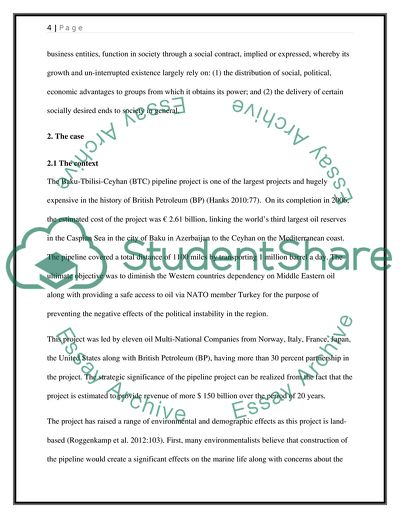Cite this document
(Accounting Essay Example | Topics and Well Written Essays - 1750 words - 1, n.d.)
Accounting Essay Example | Topics and Well Written Essays - 1750 words - 1. https://studentshare.org/finance-accounting/1787213-accounting
Accounting Essay Example | Topics and Well Written Essays - 1750 words - 1. https://studentshare.org/finance-accounting/1787213-accounting
(Accounting Essay Example | Topics and Well Written Essays - 1750 Words - 1)
Accounting Essay Example | Topics and Well Written Essays - 1750 Words - 1. https://studentshare.org/finance-accounting/1787213-accounting.
Accounting Essay Example | Topics and Well Written Essays - 1750 Words - 1. https://studentshare.org/finance-accounting/1787213-accounting.
“Accounting Essay Example | Topics and Well Written Essays - 1750 Words - 1”. https://studentshare.org/finance-accounting/1787213-accounting.


